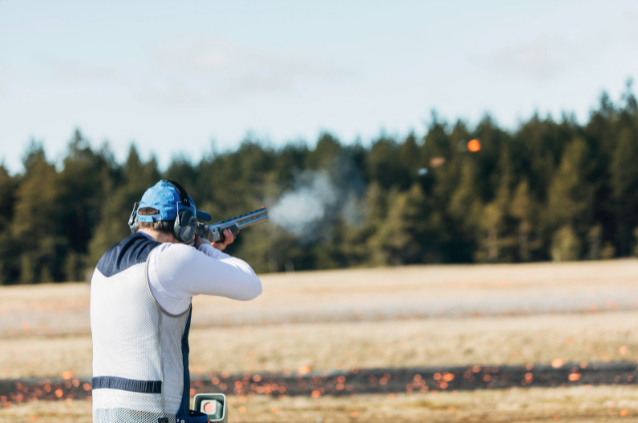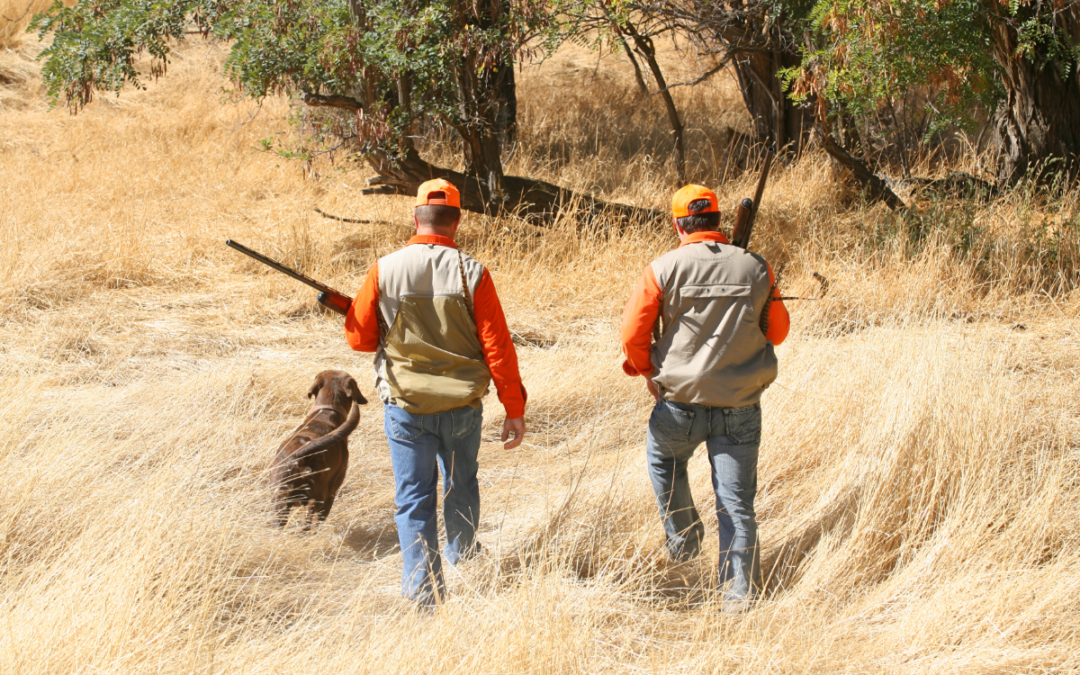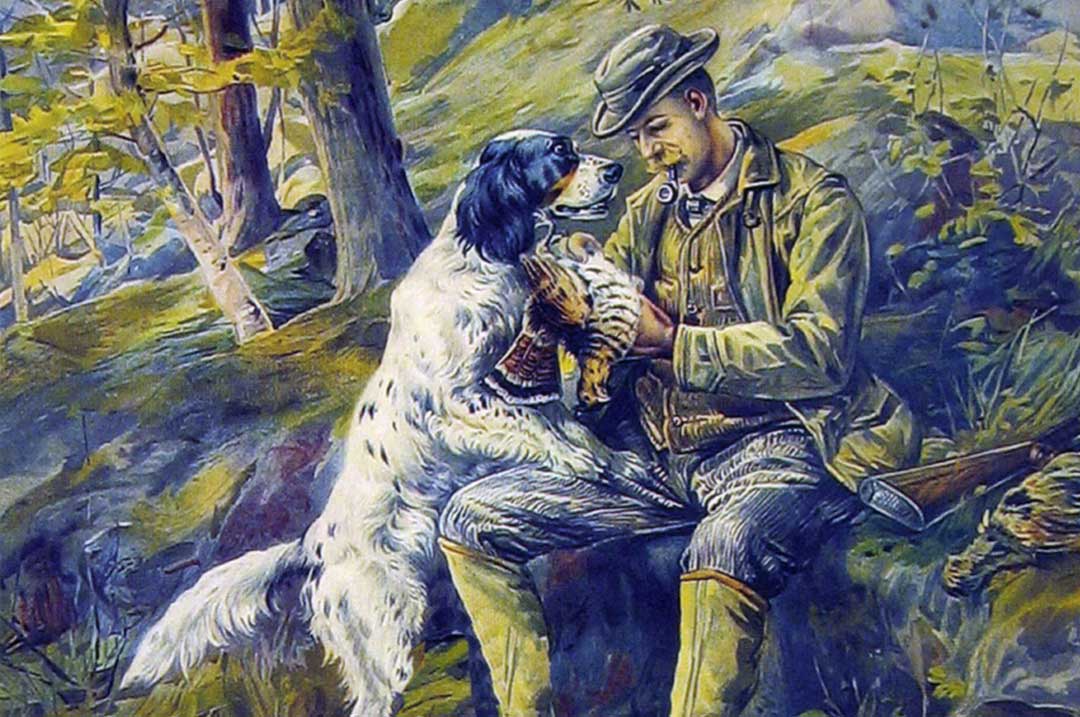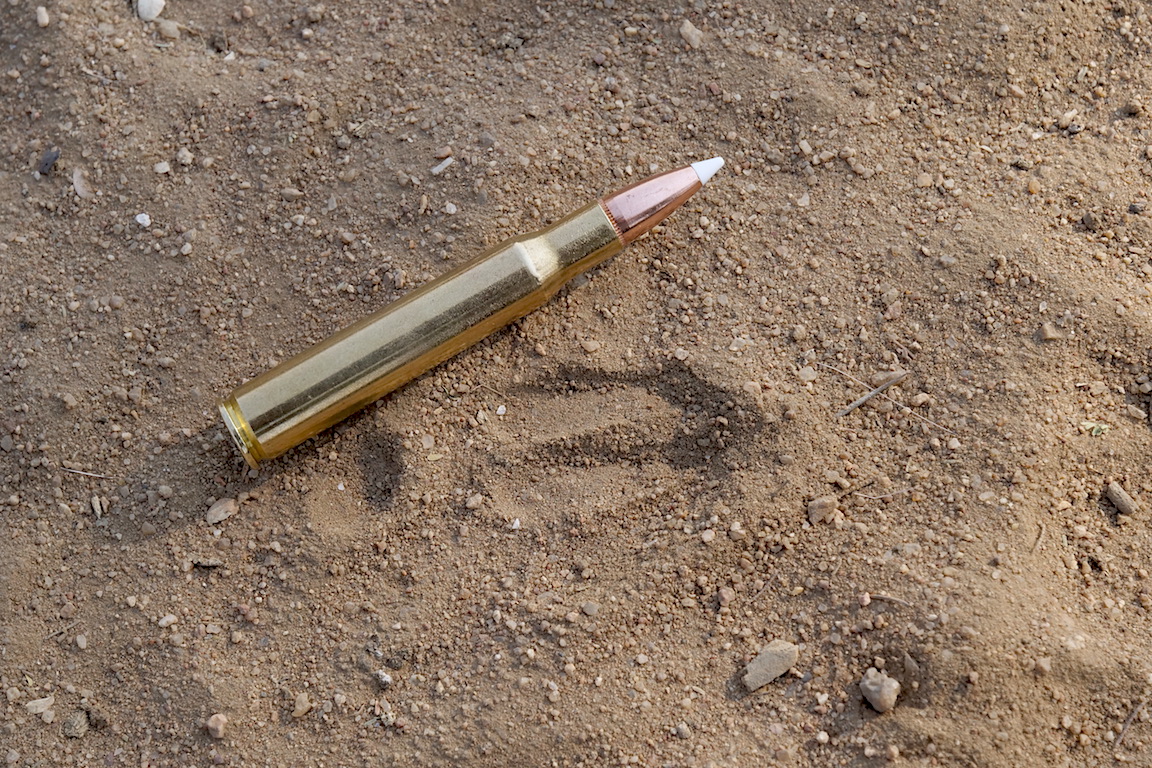These tips for making the most of your off-season time help get you out of the house and prepare for the upland bird hunting season ahead.
Sadly enough, the upland hunting season has been over for some time. We pass the days reliving those memories in the field through the telling of stories and sharing of photos and videos. However, the off-season is the perfect time to keep busy and keep that upland fever alive and well in our daily lives until fall and opening day are upon us once again.
Since September, I have spent as much time possible and allowed (by my loving and understanding wife), in the field chasing all types of birds throughout Kansas, plus trips to Missouri, Wyoming and Arizona. It’s hard to believe the season ended months ago. I know many are trying to figure out what’s next? How is one to pass the off-season? Nursing that “bird hunting hangover” can be tough. The important thing is to stay productive. Yes, we are in the midst of turkey season and our renewed enthusiasm has once again knocked on our doors as we scramble to get out of honey-do lists and household chores to spend hours sitting, using the next magic turkey call to bring in ‘ol Tom.
Those of you who have not ventured out into the turkey woods may already be in an undiagnosed upland coma and to hear the thundering gobble of a tom approaching from across a field to the plastic hen decoy setup twenty yards from the blind will be exhilarating and needed.
Turkey hunting only satisfies our upland hunger so much. Once that turkey tag is filled, bird hunters are again thrown into that abyss of time…time until opening day arrives. But in the meantime, we can prepare ourselves until it’s the night before opening day and once again we gather our gear to chase the fall flight in the uplands.
What are we to do? Well, start preparing for the upcoming season, right now. Here are a few things that will keep your sanity and cure that cabin fever that will most likely set in for some of us. Not only will these tips or “suggestions” get us out of the house, but they will also prepare us for the next season, even though it seems like an eternity away.
Spring Cleaning
Now is the time to clean, organize and store hunting equipment and gear. Shotguns, ammunition, bird vests, clothing, boots and dog accessories should all be thoroughly inspected.
If gear is damaged, determine if it can be repaired or if it needs to be replaced. For hunting clothes, vests, pants and coats, check and then dump out all the pockets. Items typically found consist of dried and crumpled vegetation, spent shells, bird feathers or an occasional artifact picked up in the field. “Field trash” it is not, but memories from hunts. Worn and stained clothes while sustained in the field can be considered a sort of badge of honor, but this is the time to get those rips and tears stitched and patched up. It’s also time to evaluate what gear worked in the field and what did not. Are modifications in order? Is it time to upgrade to a more suitable upland vest? Does the vest worn into the uplands meet all the requirements and needs for both short and long hunts?
E-collars, bells, kennels and dog boots and vests should be inspected for damage and cleaned. Restock your dog’s first-aid kit if necessary. Was the de-skunking kit used when you thought your dog was on point on a covey of quail when it turned out to be Pepé Le Pew? Any electronic items should have batteries removed and wiring and connections checked.
Two items that should receive a thorough cleaning with a complete breakdown include shotguns and boots. No matter the type of shotgun, pumps, semis, over-unders and side-by-sides should be disassembled for a complete cleaning. Break out those gun cleaning kits and get to scrubbin’.

Even those backup shotguns that were never taken out of their cases should receive a good wipedown. Photo courtesy Edgar Castillo.
Check the mechanics and functions. Shotguns need to be cleaned and wiped down from top to bottom, prior to being placed back into the gun cabinet. Even those backup shotguns that were never taken out of their cases should receive a good wipedown. Now is the time to properly restock, sort and store the various ammunition, too.
Boots should be completely broken down. Once washed and cleaned, think about applying the appropriate leather, conditioning and waterproof applications before putting them into storage. This would be a good time to check the laces for abrasions and replacement with waxed boot laces. Waxed laces endure the toughest conditions and tend to not unravel or break.
Practice, Practice, Practice
Missing sucks! How many times did you miss on a flushing or dancing bird in the sky this past season? It could be said that missed shots can be attributed to lack of shooting practice. Fortunately, this can be remedied relatively easily. During these off-season months, bird hunters have plenty of time to practice their shooting skills and attend a summer shooting school.
Most wingshooters know that clay targets fly completely differently than birds in the air. However, a little time spent on the clay course, hunters can practice on the fundamentals. Practice will help wingshooters become consistent and precise in their shots. This will help develop target acquisition necessary to become better and more successful bird hunters. Shooters will reap the rewards when they feel the heft of birds in their vests. Skeet, sporting clays and trap all offer the wingshooter a variety of scenarios to help lay a foundation and build skills.

Skeet, sporting clays and trap all offer the wingshooter a variety of scenarios to help lay a foundation and build skills during the off-season. Image: Canva
Explore New Hobbies
It’s no secret that cellphones are now more than ever intertwined into hunting. They are part of every hunters’ gear cache taken into the field – with its new primary purpose: to capture memories. Hunters can take this off-season time to enhance and improve their photography skills. Take an online tutorial or attend a traditional photography class. Get away from the ho-hum point-and-shoot or grip-and-grin photos. We all know that after a while, those “piles” of birds seem to morph into one another. It can become difficult to distinguish which photos go along with what stories and memories as they all seem similar. Be creative. Take photographs that capture the hunt, landscape and quarry in a different manner. Spring and summer mean family vacations and traveling. What better time and opportunity to be a little artistic. Capture those special moments, so when the season gets here, transitioning and implementing those photography skills will be second nature. Get those shots that “pop” and inspire artistry.
I love to read, and I love to hunt. So, why not combine the two? Books and birds in the off-season is the perfect time to sit outside on the deck with a cold beverage and read the classics from Burton Spiller, George “Bird” Evans, William Foster or maybe Tom Davis. Can’t handle long-term reading? Then go to your local bookstore and peruse through their hunting magazines. Grab an issue and start flipping through an issue or two of an upland-specific magazine. You quickly discover that words and photos will transport you to some magical places to hunt a wide variety of birds in some breathtaking locales. Fall asleep to reading about colored foliage gently blowing across your path as wingbeats flutter and shots ring out. Turn those pages back into a time of adventure, exploration and nostalgia.
Let the stories of the golden years take you on a journey into the north woods or big sky country. Read about upland birds that are on your wish list to hunt. Add a little bit of instructional or wild game cookbooks into the mix. Instead of binge-watching television, how about picking up a book? Reading reduces stress, gives the reader a sense of tranquility and fuels the brain and soul.
Don’t Waste Time
Probably the worst thing any of us hardcore bird hunters can do in the off-season is simply do nothing. The off-season is the time to maximize the time we have available. Find some easy “upland” projects to keep busy until that fateful and much anticipated day arrives. Stay off the couch.
Even more importantly, catch up on the chores and “honey do” list that piled up or were neglected because of days spent in the field or woods. Keeping the one you love happy is important. Ultimately, this can and will affect one’s ability to head out into those places that are cherished and dreamed about all spring and summer long, to enjoy another guilt-free bird hunting season. Good luck!
About the Author
 Edgar Castillo is a recently retired law enforcement officer for a large Kansas City metropolitan agency. He also served in the United States Marine Corps for twelve years. Edgar was born in Guatemala, and when his family came to the U.S., his father, a new bird hunter himself, would take Edgar afield in search of roosters and bobs. Edgar’s passion lies in the uplands as he self-documents his travels across public lands throughout Kansas and the U.S., hunting open fields, walking treelines and bustin’ through plum thickets in a never-ending chase to hunt wild birds in wild places.
Edgar Castillo is a recently retired law enforcement officer for a large Kansas City metropolitan agency. He also served in the United States Marine Corps for twelve years. Edgar was born in Guatemala, and when his family came to the U.S., his father, a new bird hunter himself, would take Edgar afield in search of roosters and bobs. Edgar’s passion lies in the uplands as he self-documents his travels across public lands throughout Kansas and the U.S., hunting open fields, walking treelines and bustin’ through plum thickets in a never-ending chase to hunt wild birds in wild places.
You can follow his adventures on Instagram at @hunt_birdz
 Hunter’s Guide to Shotguns for Upland Game is a valuable reference that educates hunters about how to find the perfect shotgun to match their needs. The book takes a pragmatic approach for the average hunter looking to get the most bang for his buck and shows that hunters don’t have to break the bank to buy a versatile shotgun.
Hunter’s Guide to Shotguns for Upland Game is a valuable reference that educates hunters about how to find the perfect shotgun to match their needs. The book takes a pragmatic approach for the average hunter looking to get the most bang for his buck and shows that hunters don’t have to break the bank to buy a versatile shotgun.
It discusses the best guns for various species of upland game and examines the all-important criteria for choosing a shotgun: the hunter’s physique, preferred action type and gauge, gun features, price range, whether or not he’s hunting with dogs, and other possible uses for the gun such as deer hunting or clay target games. Shop Now




